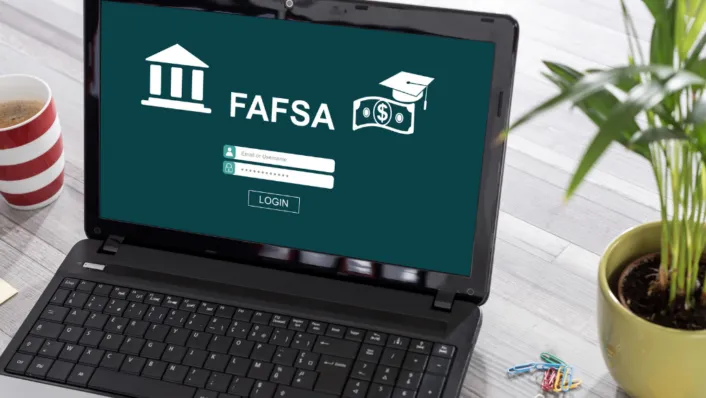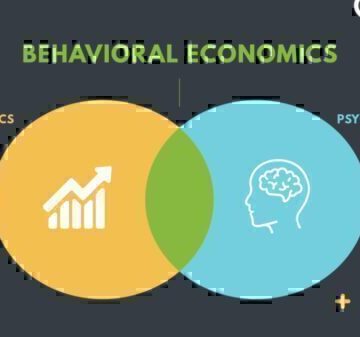For high school seniors and families of students evaluating their options when it comes to higher education, the Fall season is typically a time to prepare for the journey ahead.
Part of the process is looking at the expenses involved in a four-year degree, a two-year community college program or other options to fund the cost of education.
To explore grants, work-study and funding, the place to start is by completing the Free Application for Federal Student Aid (FAFSA) form.
What is the FAFSA Application?
- FAFSA is an application to determine a student’s eligibility for receiving federal loans or state funding. The FAFSA is not a loan or source of funding.
- The application is free to complete using this online form.
- Colleges and universities use FAFSA information to determine federal aid eligibility. Many states also use FAFSA data to award their own aid.
- The FAFSA requires financial information about the incoming student and their family’s finances. Most notably, a family’s tax returns are needed among other financial data.
When is the FAFSA application typically due?
- The earliest to file is typically October 1 for the following academic year.
- Filing the application as soon as possible is wise since financial aid is often given out on a first-come, first-served basis.
- College deadlines vary by school. Check with the institution’s financial aid office for deadlines.
- For state financial aid, each state’s deadline to submit FAFSA also varies. Check your state’s FAFSA deadline.
- The last day to apply for federal aid for the following academic year is June 30.
What information is needed for FAFSA?
According to federal resources, the following information is needed to complete FAFSA to determine federal and state student financial aid eligibility for dependent children.
Note that dependent students should submit the required information for themselves and their parents.
Married students planning for the next academic year should submit information for themselves and their spouses.
- Social security number for dependent student and dependent student’s parents.
- Driver’s license
- Student and student’s family W-2 and 1099 forms
- Most recent federal tax return
- Records of family’s untaxed income, Social Security, Temporary Assistance for Needy Families (TANF), Veteran’s benefits, welfare
- Recent bank statements
- Business income records
- Mortgage balances and payment information
- Investment information (stocks, bonds, etc)
- For Non-US citizens, a permanent resident card or alien registration number
Next Steps
Filling out and submitting the FAFSA form is an important step ito paying for college. Visit the resources below to apply, review and correct the form if needed, as well as the next steps after submitting the application.
Student Loan Financial Counseling
Understanding how to finance a college education can be complex. Looking at your full financial picture is a good place to start. GreenPath’s caring financial counselors are ready to provide free financial counseling related to student loans and other options.
GreenPath Financial Service
Resources for Students and Graduates
If you’re starting college or is now repaying your student loans, take a look at these resources from GreenPath. These resources can help you plan for a financially healthy future.










